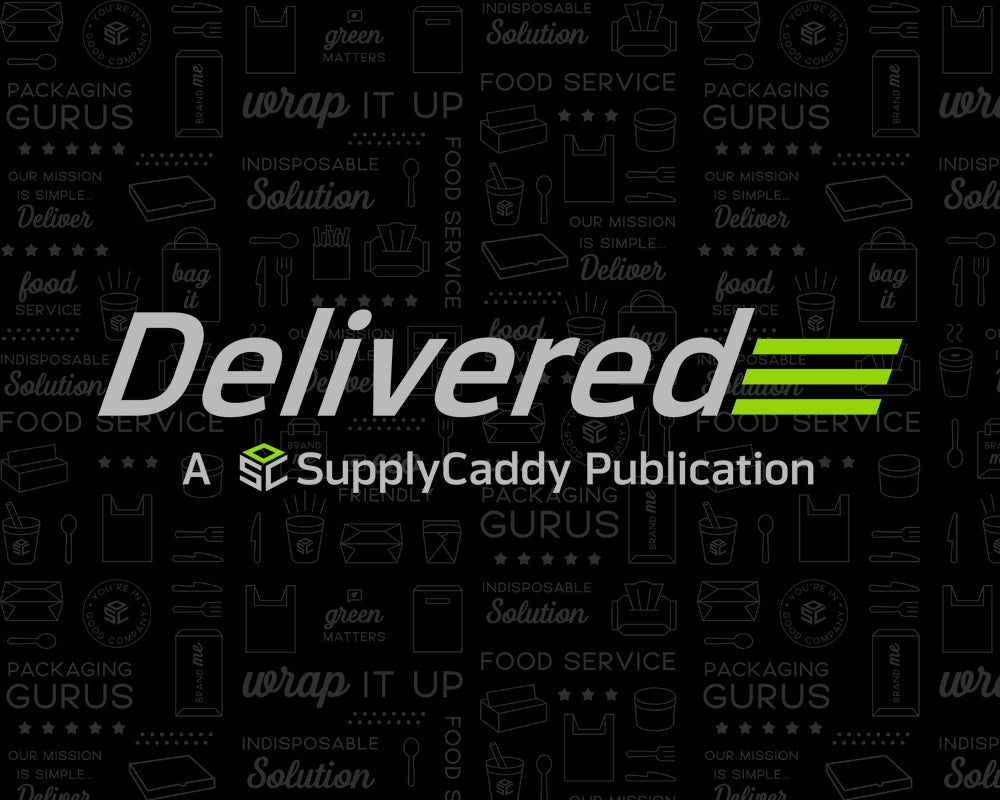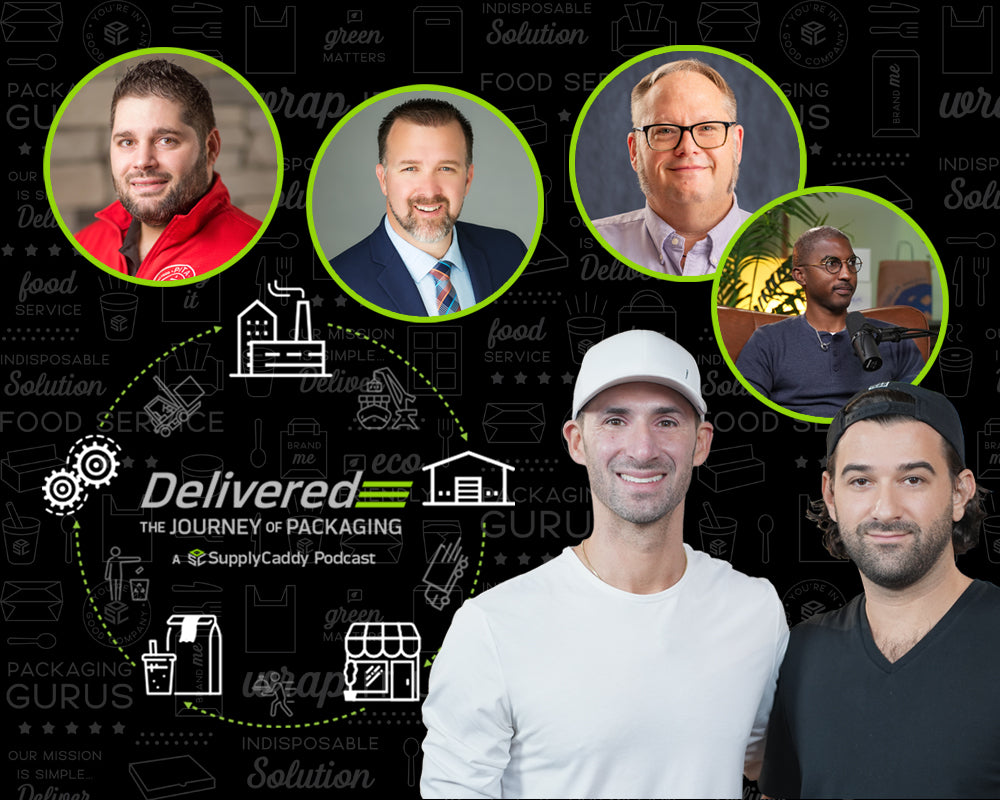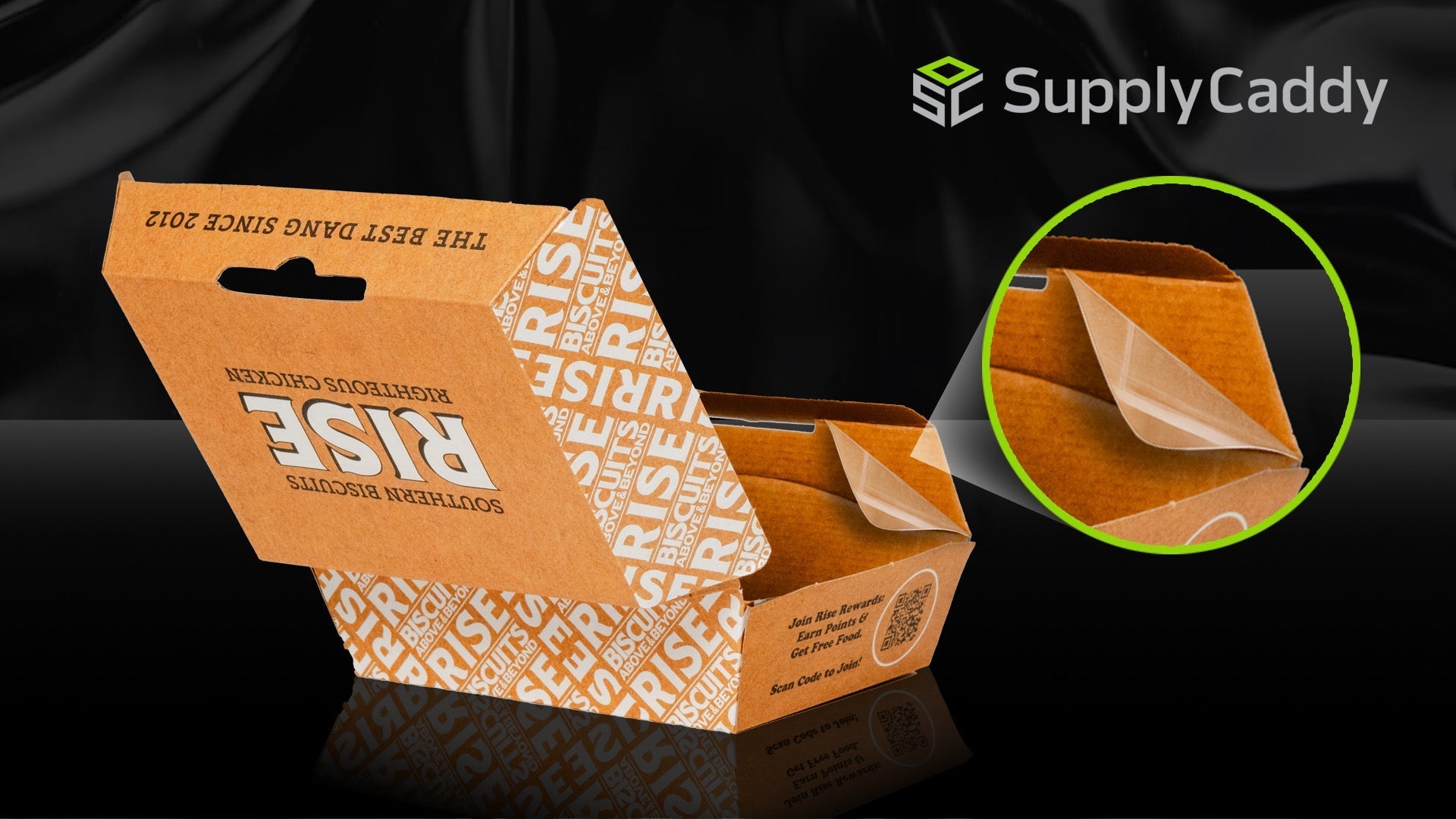When you open a snack, drink from a juice box, or buy fresh food, you are often using multilayer packaging. This type of packaging is made of thin layers of materials like plastic, paper, and aluminum. Together, they keep products safe, fresh, and convenient.
But here is the challenge: how can we keep these benefits while also being sustainable? Businesses, packaging makers, and even consumers are asking this question. The pressure is growing to reduce waste, use biodegradable packaging, and create more environmentally friendly packaging. At the same time, products must still stay safe, last longer, and look good. If packaging fails, food spoils and waste increases, which also harms the planet.
So where does multilayer packaging fit in? Can it really protect products and still support sustainability? The answer is yes. The industry is already moving in that direction. In this article, we will look at how multilayer packaging materials are balancing performance and sustainability. You will learn about real strategies, new solutions, and smart innovations helping businesses meet both environmental and business goals.
5 Ways Multilayer Packaging Materials are Balancing Performance and Sustainability
-
Lightweight Designs for Lower Environmental Impact
One of the simplest but most effective ways multilayer packaging contributes to sustainability is by becoming lighter. Traditional packaging might use thick layers of a single material, but multilayer designs use thin layers of different materials that work together. This means manufacturers can achieve the same or better performance with less total material.
Why does that matter? Less material means less raw resource extraction, lower transportation costs, and reduced carbon emissions. For example, a lighter package allows more products to be shipped in a single truckload, cutting down on fuel use.
Consider packaging suppliers that specialize in lightweight multilayer designs. Even small reductions in weight across millions of units can significantly shrink your environmental footprint.
-
Advanced Barrier Protection to Reduce Food Waste
Food waste is a massive sustainability issue. According to the Food and Agriculture Organization (FAO), around 1.3 billion tons of food is wasted every year worldwide. Much of this waste occurs because food spoils before it is eaten. Multilayer packaging helps solve this with superior barrier protection.
Each layer plays a role. For example, one layer might block oxygen, another resists moisture, and another protects against light. Together, they keep food fresher for longer. Longer shelf life means fewer products thrown away by consumers and retailers. This reduces the environmental burden of food production and waste disposal.
When selecting multilayer packaging, focus on barrier properties. Investing in better protection can actually save money by reducing returns, waste, and spoilage.
-
Switching to Renewable and Bio-Based Materials
Traditionally, many multilayer packages rely on fossil fuel-based plastics. That is changing. More companies are switching to renewable, bio-based, or biodegradable packaging layers. Examples include bioplastics made from corn starch, sugarcane, or cellulose. These materials can replace conventional plastics while maintaining the performance required for food safety and shelf life.
This shift does not solve every problem—biodegradable packaging often requires industrial composting facilities—but it is a step toward reducing dependence on non-renewable resources. Some companies are also blending recycled materials with new bio-based layers to strike a balance between performance and eco-friendliness.
Explore options for bio-based layers in your packaging. Even partially replacing fossil-based plastics with renewable materials demonstrates sustainability leadership to consumers and stakeholders.
-
Innovating with Recyclable Multilayer Structures
One of the biggest criticisms of multilayer packaging is recyclability. Because the layers are made of different materials fused together, they are often hard to separate in recycling facilities. This has been a major barrier to making multilayer packaging environmentally friendly.
But innovation is changing that. New designs are using multiple layers of the same base material, such as polyethylene, but engineered with different properties. This means the package performs like traditional multilayer packaging but can still be recycled in existing systems.
Brands are also partnering with recycling technology companies to pilot closed-loop programs. For example, some packaging made with compatible materials can be collected and processed back into usable raw materials.
Look for suppliers that offer recyclable multilayer packaging solutions. Even if infrastructure is still catching up, investing in recyclable designs positions your company ahead of future regulations and consumer expectations.
-
Maximizing Resource Efficiency with Smarter Layers
Performance and sustainability do not have to conflict when layers are designed smarter. Instead of adding more material for strength or barrier function, engineers are now creating ultra-thin, high-performance coatings and films. These coatings can replace thicker, resource-heavy layers, cutting down on waste without losing functionality.
In addition, digital printing and smarter production technologies are reducing the need for extra inks, adhesives, and finishing materials. This not only saves resources but also makes recycling easier by minimizing contaminants.
Talk to your packaging partner about advanced coatings or resource-efficient designs. Cutting just a few microns of material thickness across millions of packages can translate into big sustainability gains.
What Makes Multilayer Packaging Different from Single-Layer Options
At this point, you might be asking: why not just use single-layer packaging? After all, it seems easier to recycle and less complex to produce. Single-layer packaging materials often cannot deliver all the properties needed to keep food safe, fresh, and market-ready. For example, a single plastic layer might be strong but allow oxygen through, leading to faster spoilage. Another material might resist oxygen but fail to protect against moisture. Multilayer packaging combines the strengths of different materials into one solution.
This ability to tailor layers is what makes multilayer packaging so powerful. It means you can achieve lightweight design, excellent barrier protection, and durability all at once. That is why multilayer packaging remains the standard in industries like food, beverages, and pharmaceuticals, where safety and quality are non-negotiable.
The challenge now is ensuring these benefits do not come at the expense of sustainability. That is why companies are investing in recyclable structures, biodegradable packaging, and renewable materials to bridge the gap between performance and eco-friendliness.
Get Reliable, Eco-Friendly Food Packaging from SupplyCaddy
Balancing performance and sustainability is no small task, but you do not have to navigate it alone. At SupplyCaddy, we understand how critical packaging materials are to both your brand and the environment. That is why we are committed to creating multilayer packaging and environmentally friendly packaging solutions that deliver on both fronts.
We have partnered with trusted names like Cinnabon, Burger King, Delta, Dave’s Hot Chicken, Popeyes, Bodega, Tijuana Flats, and more. Our team provides high-quality, cost-effective packaging and disposables that support your business while aligning with your sustainability goals.
With headquarters in Miami and manufacturing facilities across North America and Europe, SupplyCaddy is positioned to serve foodservice brands globally. Whether you need custom packaging that reflects your brand identity or generic solutions that check all the boxes, we deliver with precision and care.
Contact us today at hello@supplycaddy.com to learn how SupplyCaddy can help you achieve the perfect balance between performance and sustainability in your food packaging.


